About the Association
Archived newsletter articles
Audit of the appropriateness of the voice clinic booking practice at the RNTNE hospital in 2004
The need to do an audit was raised by concerns over the numbers of patients being booked for the voice clinic and the types of patients being booked into the clinic. The belief was that if patients were being booked into the wrong clinic this was an inefficient use of clinical resources. Overbooking of the clinic would lead to the patient having a poor clinical experience. Overbooked clinics also lead to time pressures which cause increased stress for clinicians.
The audit question was 'what proportion of patients presenting to the voice clinic are inappropriate referrals and how were these inappropriate referrals booked?'
Our objectives were to establish the number of inappropriate referrals to the voice clinic and the route by which all inappropriate referrals were booked.
A prospective audit design was used utilising a printed data collection tool completed by a member of speech and language therapy staff in the voice clinic.
The first question related to the presence of an appropriate referral letter in the Medical notes. Appropriateness was dependent on the letter, or entry in the Medical notes being addressed to the relevant consultant, specifying the need for an appointment in the voice clinic. 41 patients out of a total of 268 did not have an appropriate referral letter. These patients may have had a general letter referring to ENT Out patients.
The second question was related to the printed clinic list. This question was aimed at identifying patients who attended the voice clinic whose names were not on the clinic list. 21 patients out of a total of 268 did not have their name on the clinic list. It is unclear where these patients may have come from but the most likely explanation is urgent post operative ward patients were being sent across to the outpatient's clinic.
The third question related to the referral letter and whether or not this letter identified a vocal tract problem specifically, as opposed to a nasal or ear problem. 45 patients out of 268 did not have a vocal tract problem identified in their referral letter.
Having seen the patients the ENT surgeon and speech therapist came to an agreement about whether the patient did indeed have a vocal tract problem and 41 patients were found not to do so. Therefore 4 of these patients without an identified vocal tract problem did indeed have one. But 41 patients, who were not referred with a vocal tract problem, were seen by a voice clinic team of ENT Consultant Speech and Language Therapist and nurse and found not to need these resources. This raises a question about whether or not GPs need to be educated better to identify vocal tract problems and the relevance of booking their patients into the voice clinic. Since the audit in 2004 we now have choose a book as an additional element of the booking system.
The fourth question asked about the referring agent. The biggest proportion by far was GPs and therefore their knowledge about vocal tract problems and the voice clinic is even more important. The second largest referrer were in-house consultants, next came consultants outside the trust and lastly consultants within the trust but external to the specialist hospital.
Our own standards agreed at the RNTNE voice disorders group meeting were that they should be 12 patient slots for both new and follow-up patients, and 2 further appointments to be used for emergencies. However the audit revealed that patients being booked into this clinic ranged in number from 4 to 19 and exceeded our agreed limits on 8 clinics out of 31. The obvious knock-on effect of this was that the clinic overran and they were no other support services such as x-ray and pharmacy open at this time. There was obvious patient dissatisfaction with waiting times and this led to a strain on the clinicians.
Due to the booking system that RNTNE had that time we were not able to trace the source of booking or overbooking in the majority of follow up patients. This led to constant breaches of the system and an inability to change the situation.
At the time of the audit there were 4 voice clinics per month. As a measure to reduce pressure of new patients we have introduced 8 voice clinics per month, 2 of which only sees new patients and 6 which does a mixture of new and follow-ups. On average 100 patients are seen in these clinics per month.
New patients referred by letter are only booked by one member of staff who checks for appropriate referral criteria for the voice clinic. This has reduced the level of inappropriate referrals to a negligible amount.
There has been no change to the members of staff who have access or authority over the follow up booking system and therefore the clinics are still overbooked.
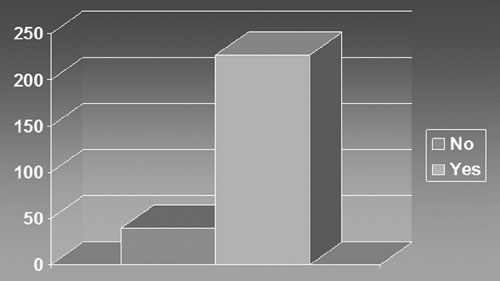
Question 1. Is there an appropriate referral letter?
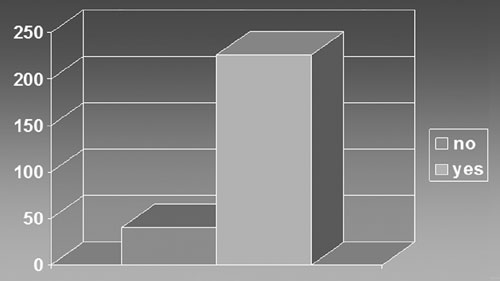
Question 3. Does referral identify vocal tract problem?
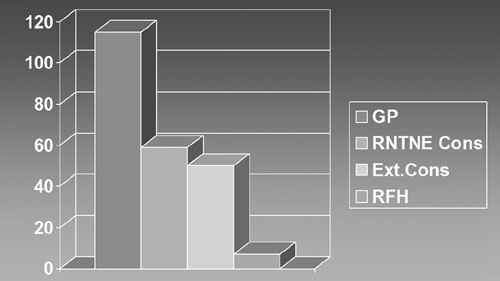
Question 4. Who referred the patient?
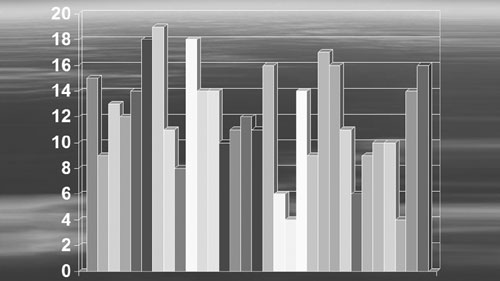
Number of patients booked into each clinic
More archived content online
Disclaimer
Neither the British Voice Association nor the Editor can be held responsible for errors or any consequences arising from the use of information contained in its newsletters (or extracts from its newsletters published online); the views and opinions expressed do not necessarily reflect those of the British Voice Association (BVA) or the Editor, neither does the publication of advertisements constitute any endorsement by the BVA or Editor of any products or services featured.
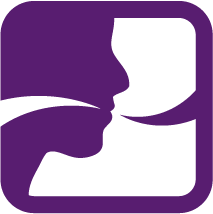
 Join us Now!
Join us Now!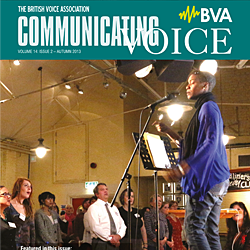 our newsletter
our newsletter free voice care leaflets & information – download here
free voice care leaflets & information – download here Help our work by donating while you shop
Help our work by donating while you shop